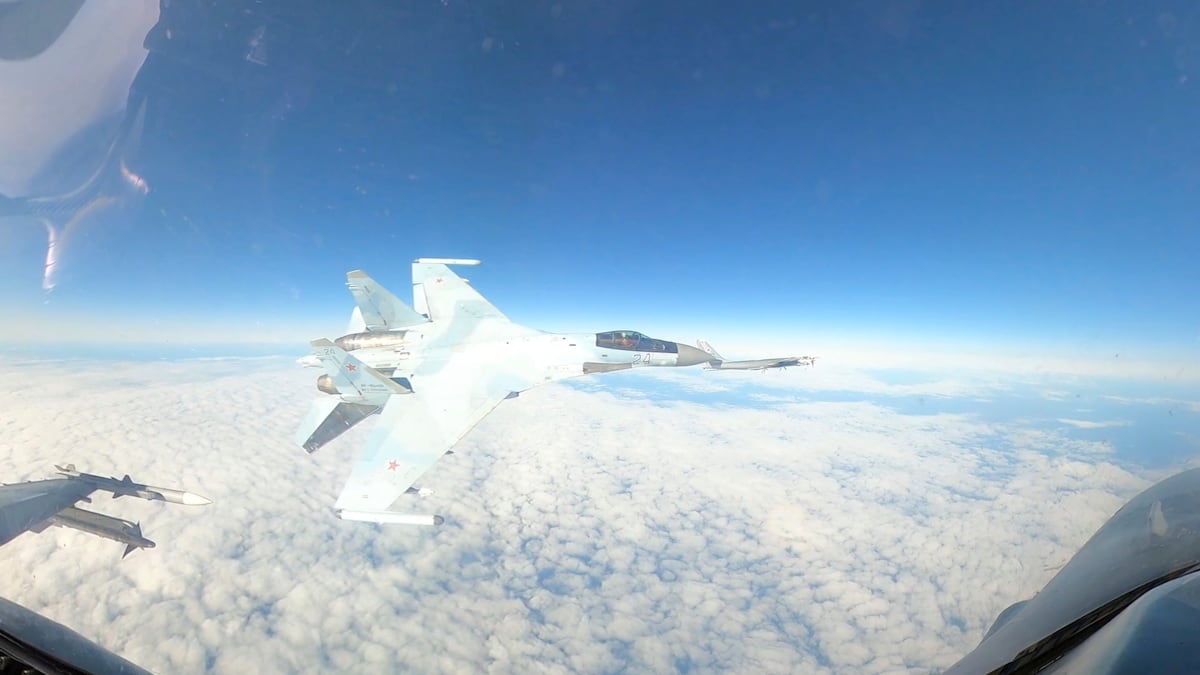Key Takeaways
- U.S. fighter jets intercepted four Russian warplanes near Alaska, marking the third such incident in a month.
- NORAD reported the Russian aircraft operated in international airspace and posed no threat.
- President Trump expressed support for Ukraine and urged NATO to take strong action against Russian incursions.
Incident Overview
On Thursday, the North American Aerospace Defense Command (NORAD) announced that U.S. fighter jets were scrambled to intercept four Russian warplanes near Alaska. This incident is notable as it marks the third engagement with Russian aircraft in roughly a month and the ninth for the year.
The event took place on Wednesday, when NORAD tracked two Tu-95 bombers and two Su-35 fighters operating within the Alaskan Air Defense Identification Zone. In response, nine U.S. aircraft, including an E-3 Sentry command and control aircraft, four F-16s, and four KC-135 tankers, were deployed to identify and intercept the Russian jets. NORAD confirmed that the Russian aircraft remained in international airspace, thus not violating American or Canadian sovereignty.
Such Russian activity in the vicinity of Alaska is reported regularly and is not regarded as a direct threat, according to a statement from NORAD.
This incident coincided with remarks made by former President Donald Trump, who stated on Tuesday that he believed Ukraine could reclaim all territories lost to Russia—an apparent shift from his earlier stance, which favored Ukrainian concessions to expedite the end of the ongoing conflict. His comments come against a backdrop of heightened tensions as NATO recently warned Russia against any further airspace violations. This warning follows incidents where Russian drones were downed over Poland, alongside claims of intrusions by Russian fighter jets into the airspace of Estonia.
Trump further suggested that NATO members should consider downing Russian aircraft if they encroached upon their airspace. When questioned about U.S. support for NATO allies in such scenarios, he indicated that it would rely on specific circumstances.
Following a prior summit with Russian President Vladimir Putin, Trump mentioned aspirations to facilitate direct dialogues between Putin and Ukrainian President Volodymyr Zelenskyy. However, Putin has shown reluctance to engage with Zelenskyy, and recent reports indicate Russia has escalated its operations in Ukraine.
In summary, while the interception of Russian jets highlights ongoing military vigilance in North American airspace, the geopolitical implications extend into broader discussions surrounding NATO, Russian aggression, and the conflict in Ukraine. With Trump’s evolving remarks, the situation continues to reflect a dynamic and potentially volatile international landscape.
The content above is a summary. For more details, see the source article.















